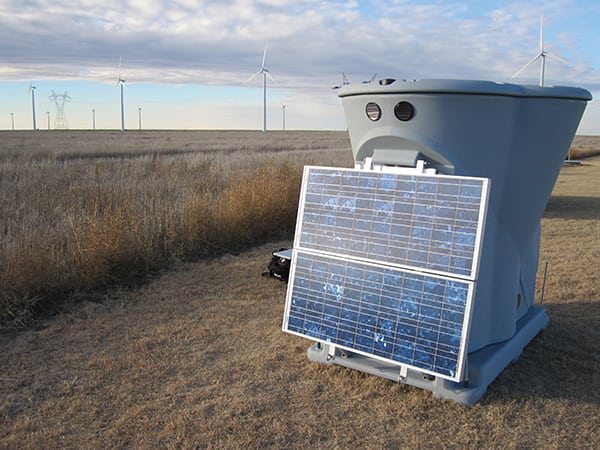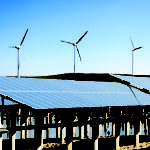The U.S. Department of Energy (DOE) has awarded a $2.5 million contract to Finnish environmental and industrial data firm Vaisala to coordinate a study of methods to improve wind energy forecasting in complex landscapes. The Wind Forecasting Improvement Project 2 (WFIP2) is a DOE initiative targeted at enhancing the reliability of wind forecasting, specifically in challenging areas. The goal is to improve the accuracy of short-term 0- to 15-hour wind power forecasts in mountainous areas across North America and worldwide, and thereby reduce the cost of grid integration and optimize performance through better short-term modeling of wind variability.
Accurate wind forecasting has become a key issue in wind generation, as developers have discovered that existing models do not always reliably predict wind volumes and energy over the long term. This creates uncertainties for financing and development, and can challenge the profitability of seemingly viable projects (see “Reducing Weather-Related Risks in Renewable Generation” in the January 2015 issue).
The WFIP2 project will comprise a comprehensive three-phase study of atmospheric phenomena in complex terrain, with the goal of enhancing the widely used Weather Research and Forecasting model and the National Oceanic and Atmospheric Administration’s Rapid Refresh and High Resolution Rapid Refresh models. Following a design and planning phase, the project will collect 18 months of data to analyze environmental characteristics affecting wind flow patterns, ranging from soil moisture and surface temperatures to the topographical features of mountain-valley regions (Figure 5).
The data will then be used to update and improve the physics that underpin current forecasting models. Enhanced model predictions produced during the third phase of the project will then be compared with baseline forecasts produced by existing models to evaluate the success of the initiative.
The project partners include Vaisala; the National Center for Atmospheric Research; researchers from the University of Colorado at Boulder, Texas Tech University, and the University of Notre Dame; Lockheed Martin; wind energy firms Iberdrola Renewables and Eurus Energy; meteorology consulting firm Sharply Focused; and several western utilities.
—Thomas W. Overton, JD










